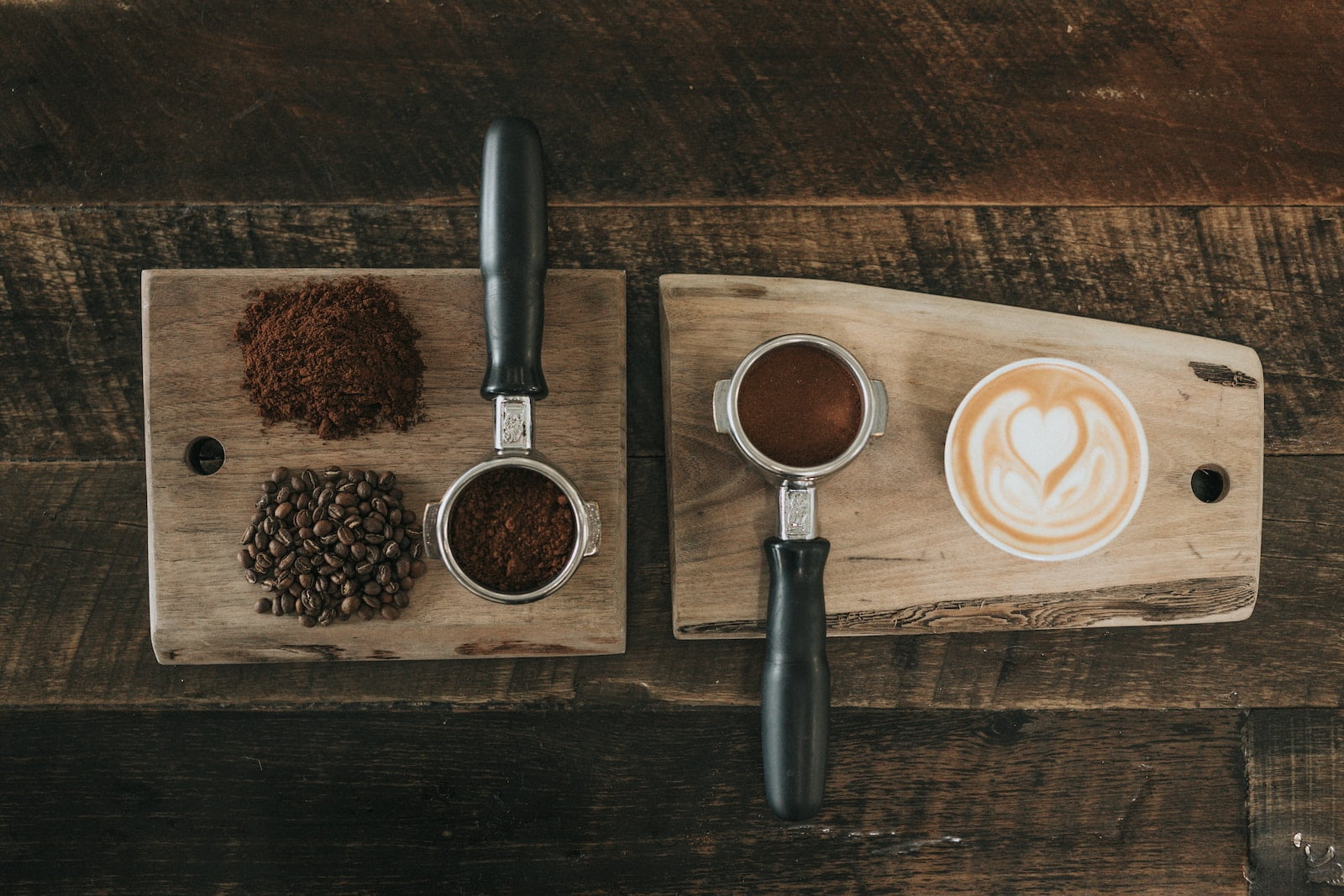

If you’re a coffee enthusiast, you’ve likely come across the term ‘single-origin coffee’. This type of coffee, celebrated for its unique taste and transparent supply chain, is sourced exclusively from one specific region. But what are the challenges involved in its production? In this article, we’ll delve into the issues facing single-origin coffee, exploring its production, the hurdles farmers face, and its impact on the global coffee market.
The unique taste of single-origin coffee is like a dance with Mother Nature. It’s heavily influenced by the region’s climate, soil, and altitude. This means that any changes in these conditions can significantly impact the quality of the beans. A sudden frost, a change in rainfall, or even a shift in soil composition can alter the coffee’s flavor. This makes it a risky venture for both us, the consumers, and the farmers.
While single-origin coffee can potentially improve living conditions and wages for farmers, it also places a heavy weight on their shoulders. The demand for high-quality beans means farmers must constantly upgrade their farming practices. This can be both physically and financially challenging, especially for small-scale farmers who may not have access to advanced farming equipment or resources. In fact, at least 34% of all coffee produced in 2016 complied with a voluntary sustainability standard, indicating a growing trend towards sustainable coffee production, according to a report by the International Institute for Sustainable Development.
Single-origin coffee offers a unique taste experience, but it also limits the variety of flavors. Unlike blends, which can combine beans from different regions to create a balanced and complex flavor, single-origin coffee is confined to the characteristics of one specific region. This means that if you prefer a flavor profile that your chosen single-origin coffee doesn’t provide, you might need to look elsewhere.
Despite these challenges, the popularity of single-origin coffee continues to grow. The global coffee market is expected to grow from $61.45 billion in 2022 to $66.13 billion in 2023, with a compound annual growth rate (CAGR) of 7.6%, according to a report by GlobeNewswire. Furthermore, the revenue in the Coffee segment amounts to US$495.50 billion in 2023, as reported by Statista. These figures underscore the importance of coffee in the global economy and the potential impact of single-origin coffee on farmers and communities.
As we continue to enjoy and appreciate single-origin coffee, let’s also consider how we can support the farmers and communities who make it all possible. This could be through fair trade practices, supporting sustainable farming methods, or simply by educating ourselves and others about the realities of single-origin coffee production.
In the end, the story of single-origin coffee is not just about the unique flavors and aromas that fill our cups, but also about the people, the places, and the processes behind each bean. As we sip our coffee, let’s remember the journey it has taken from the farm to our cup and appreciate the complexities and challenges that come with it. If you’ve never tried Specialty Grade Single-Origin Coffee, check out our imports from around the world here.


Meet William McGhee, the passionate coffee enthusiast behind Wanderlust Specialty Coffee. Born and raised in MN, William's love for coffee began at a young age. He fondly remembers the aromatic scent of freshly brewed coffee filling his home every morning, a ritual started by his grandmother, a former barista.
When he's not exploring a new coffee region or writing for his blog, William enjoys hiking in the Pacific Northwest, practicing his photography skills, and of course, brewing a perfect cup of coffee. His favorite coffee? A Guatemalan Single-Origin with notes of dark chocolate.











Great Single Origin Coffee
All rights Reserved 2023
Website Design By Decrypted-Tech LLC.